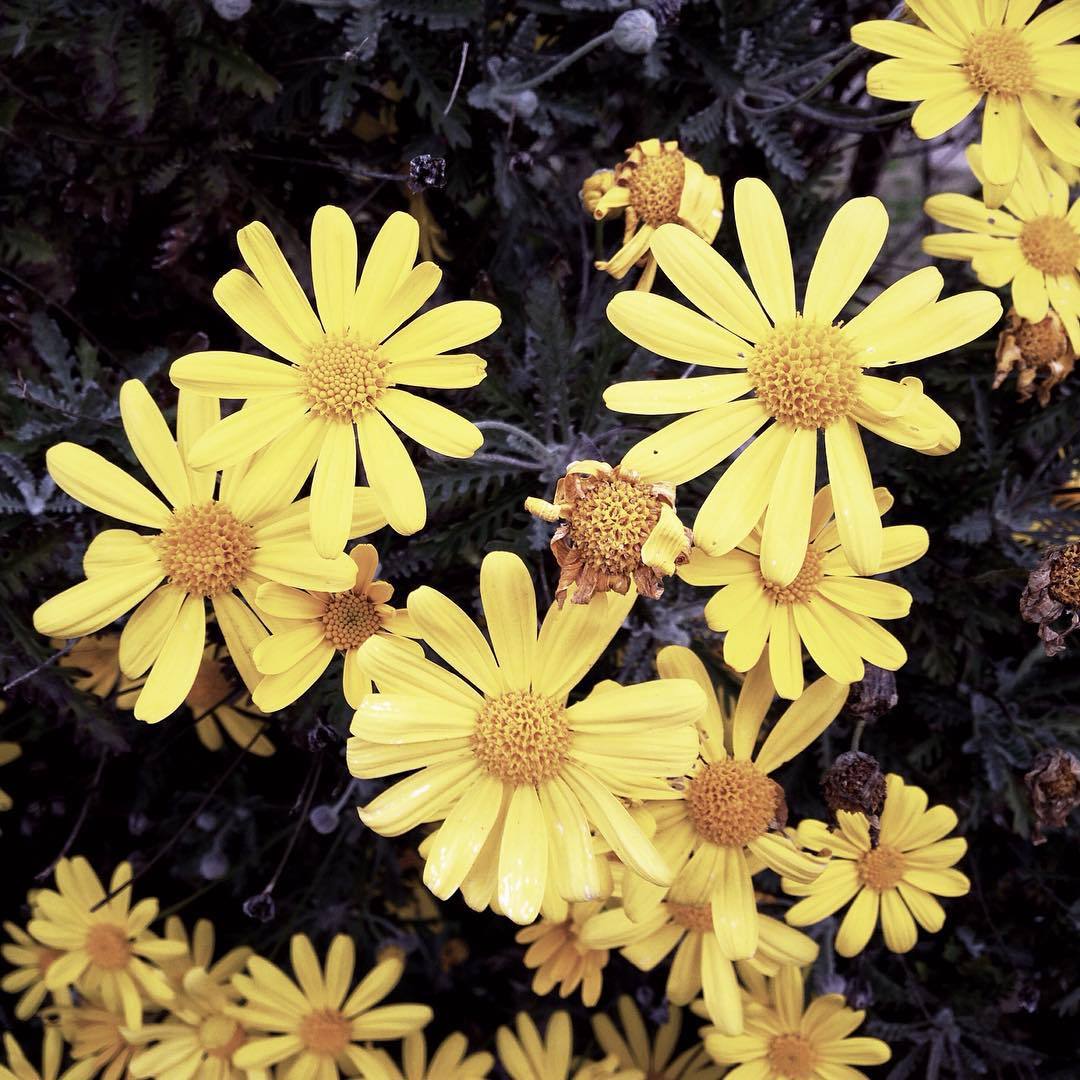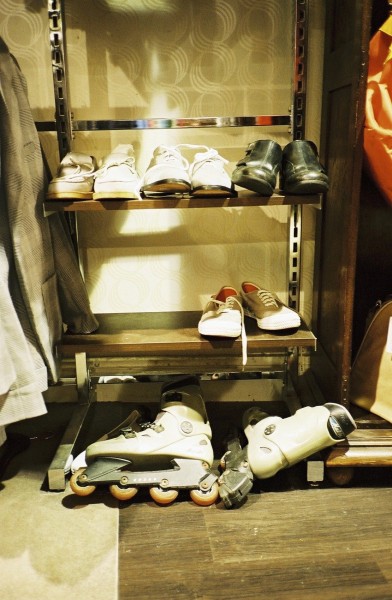I’ve had a desk for over a year now. Not a shared workstation. Not a hot desk.
My own table with a computer on top of it, a chair underneath it, a set of drawers, a pin board and a bookshelf.
At the start of the year it was blank and empty. 365 days later, the shelves are full of photography gear and books, pictures, Post-its and gaffer’s tape.
This isn’t a big deal for many people. But for me, it is.
Desks are odd. In newspapers, photographers don’t have desks. Sometimes you do if you’re a reporter, but not usually. It’s more like a cubicle you work in. You can maybe put up a picture of your wife, but you can’t mess with desk to much. Once, when I was a cadet, I swapped my mouse to my left-hand and an IT guy screamed at me.
“It’s my desk,” I said.
“But the other people who use it are right-handed. So don’t.”
When I was in news photography, everything is generic. Company cars, hot desks, lenses are all shared. You can customise your camera (with gaff tape) and pick your camera bag, but that’s it.
In my career as a newspaper photographer, here’s a list of places that I could make my own:
* Communal camera bags and a pretty-regular desk (South Coast, NSW).
* A drawer (Tasmania).
* A filing cabinet. (Albury-Wodonga).
Which was good in a the-world-is-my-office kind of way. You feel you can work absolutely anywhere, as long as you have a camera and a laptop (later iPad), and an AirCard (later wi-fi, thankfully. Weren’t AirCards rubbish?).
My office today. Somewhere between Wodonga and Yackandandah. pic.twitter.com/zTUIK9aC
— Ben Eyles (@benhasacat)
November 23, 2012
So it was a shock to the system when I arrived at TAFE and was given a desk to set up however I wanted.
HOWEVER. I. WANTED.
Okay, I’ll admit, I may have gone a little overboard.
Trying to reinvent my desk. Standing for PC. Sitting for Mac. Finding #sitstandbalance
A photo posted by Ben Eyles (@benhasacat) on Jul 9, 2015 at 12:48am PDT
But with desk comes great responsibility. And challenges.How does it stay clean?
How do you remember where you put things?Before, everything I needed was either in my pockets, bag or boot. I was content in the knowledge that I could carry everything I needed for anything the job could throw at me.
This was another thing entirely. What kind of job was so intense that it required you to “please sit down” before you started it? When people said “you better sit down”, you know something bad was sure to follow.Turns out working at the same desk day in, day out, isn’t so bad. You find yourself in a pretty nice routine:1) Drop bag and make tea.
2) Teach Cert IV Photography students.
3) Lunch and emails.
4) Teach more Cert IV or get to work with Online Diploma students.
5) Tidy up. Go home. Wife. Maybe do some more emails. Walk dog. Shoot. Edit. Prepare for tomorrow.
6) Repeat until weekend.That said, the inner-Nomad still sometimes gets the better of me.
Friday #TAFElife. pic.twitter.com/5Wz4nxnVqi
@gsyoung Come on out. The wi-fi is fine!
Old habits, huh?
Ben
























